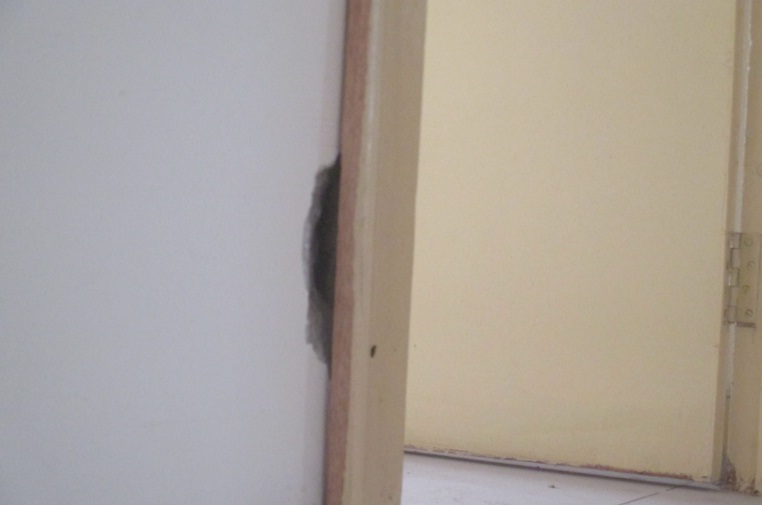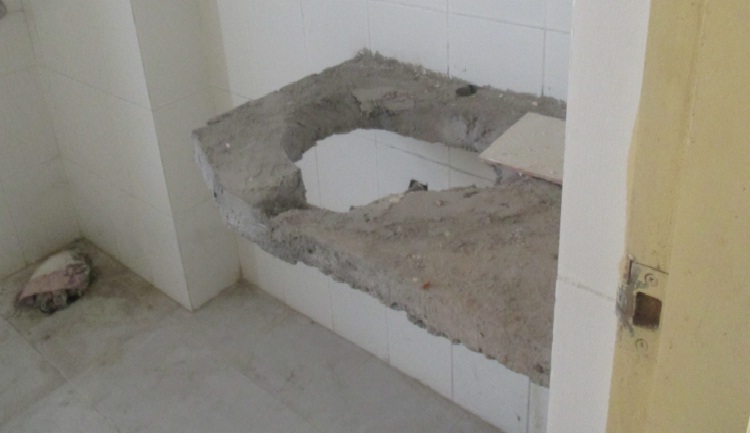How to check quality of an under-construction project
While identification of a 3+ year old project is easy by virtue of feedback from owners, identifying quality of an under-construction project is difficult.
Evaluation of construction quality in such cases can be done through hiring a professional civil and electric engineer.
An engineer will charge somewhere around 10k to 20k for a day for evaluating the quality on various parameters. However, given the financial constraints, this may not be possible.
We list down few of the ways and parameters based on which individuals can attempt identifying the quality (remember this is different from inspection of a delivered unit):
1) Check monitoring and quality control process of contractor being on-boarded by builder. You can visit the site to talk to the contractor and understand how they are ensuring quality control at each stage.
2) A building’s foundation is critical in defining the structure. The foundation shall ideally take around 2 to 3 months time.
3) Columns are pivotal in supporting the beam that supports walls and slabs. Failure in columns could result in a massive breakdown of entire structure. Size and number of column depends on the plan of structure and height of building.
Typically, there should be at least 5 columns supporting one side of the tower with broader columns at the corner of the tower.
4) The shuttering and lanter (reinforcement) for supporting and enforcing the roof of each floor shall take at least 10 days to 2 weeks with proper garder (wood or iron) support from bottom.
5) The top floors shall generally have two level lanter to support the water tanks.
6) Once structure is ready, brick work is next in line. Traditional Red bricks are considered better than cement and hollow brick walls strength wise. The same is however less insulated from heat and water leakage in comparison.
7) The cement mix between walls has to be optimum. If you could visit the site at the time of brick work, you may try pushing/nailing bricks to check the quality(of bricks and cement mix).
8) Check water and drainage piping in baths and kitchen. The pipes shall have minimum bends (internal to flat and externally) and shall be well supported and fitted without any gaps by angle bends. The pipes shall be of good PVC quality. Astral is considered one of the best.
9) Check electrical pipe fittings. Electrical fittings are done by laying pipes within walls. Later, wires are installed and passed through these pipes. Electrical wires from Havells and Anchor are considered few of the best.
10) Check plaster quality at the time of plaster. Try nailing/breaking the wall with plaster to see the plaster strength.
11) At this stage, it is critical to identify strength of stairs as well. Check plaster quality at stairs as mostly builders camouflage the plaster issues on stairs with tiles later on. Also, try shaking stair railings to check their fixture.
12) Check the balcony for strength. We have witnessed projects where balconies are virtually shaking due to load of 4 people. Also, check for cracks around balcony after plaster. As balconies are not insulated from rains, they are most likely to succumb to constant wear and tear. Again, try shaking balcony railings to check their fixture.
13) Once plastering is done, next would be flooring. Flooring is critical especially in bathrooms and kitchen where water is spilled very often. There should be no gaps between tiles and the same shall be tested for leakage by the contractor/builder.
14) Builder should have the flooring covered after installation so that their glaze is not lost. A good quality tile is defined by its brand, color and strength. Kajaria and Orient are considered the best. A good soothing light color tile is generally costlier. Strength can be best judged after its frequent usage.
15) Then comes the wood work. The strength of the board being used for doors (and windows if applicable) is a critical factor along with quality of wood used in chaukhats(frames). Cracks in chaukhats are indicator of their poor quality.
16) The windows these days are generally aluminium windows. While these ensure that cleaning is easy and damage is minimum, the same lack provision for grills and mesh windows. The builder shall provide at least 3 channel frames – one for glass window, another for grill and mesh windows. Also, there should be no gap between window bolts and frame.
17) The glasses shall be well fixed on window frames and shall be noise resistant. This is vital for lower floors especially. This (double glass for noise resistance) is however something that builders generally don’t provide.
18) Sanitary and CP fittings (especially CP fittings) from a good brand are decisive in ensuring minimal plumbing maintenance requirements in future. CP fittings from inferior brand are more corrosive in nature and if the water is hard, the rusting would be more unavoidable.
19) Locks are meant to ensure security. Locks from good brand along with the way they are fitted to the wood door is crucial.
20) Ensure builder is providing a washing machine/utility balcony with water connection.
21) Ensure lifts are from a good brand like OTIS and Kone and has the latest alarm and automatic protection mechanism in case of failure. The builder shall also ensure proper intercom set up so that in case of lift issues, the concerned emergency team is always reachable.
22) Security measures like CCTV Cameras, proper lighting and gated entry to each tower with manual security is vital in ensuring a secure stay within.
23) Other aspects like corridor tiles/stones are more for look and feel and do not have a direct bearing on quality. They best stand ignored for end use.
While we have tried to cover the length and breadth of the quality aspects for an under-construction project, we would request our readers to add in case something is missed out.
Hope it helps!!!
Comments/Feedback invited.
[lastupdated]




This is useful for someone tracking the project from beginning. While these should be checked frequently by authorities, its unfortunate buyers have to spend time on this as well now since no builder is perfect now.
Whoever has written it is not a civil engineer. There is nothing called lanter. Lintel is a component placed over openings to take load. Little knowledge is dangerous.
Lanter is a word commonly used in North India. In fact, its a word you will find in civil engineering books written in Hindi. Lintel is the technical word for it. We try our best to put things that readers would easily relate to.
Great article.. I agree with the above poster. It’s all about a combination of different ingredients that create the perfect strategy. We agree and support this page details.
Who we are? Visit: http://esyncsecurity.com
Wall plaster is one inch thick and never cured with water properly and it is difficult to fix AC fittings RO
woodwork is not sandpapered for smooth finish
balcony railings are not cleaned of plaster stuck to iron
wall tiles are not fixed properly
floor tiles must be tapped to check for hollowness
slopes in bathrooms and balconies must be checked
false ceiling must checked where broken and must be repair ed with wire mesh
Thanks for adding Chakresh.